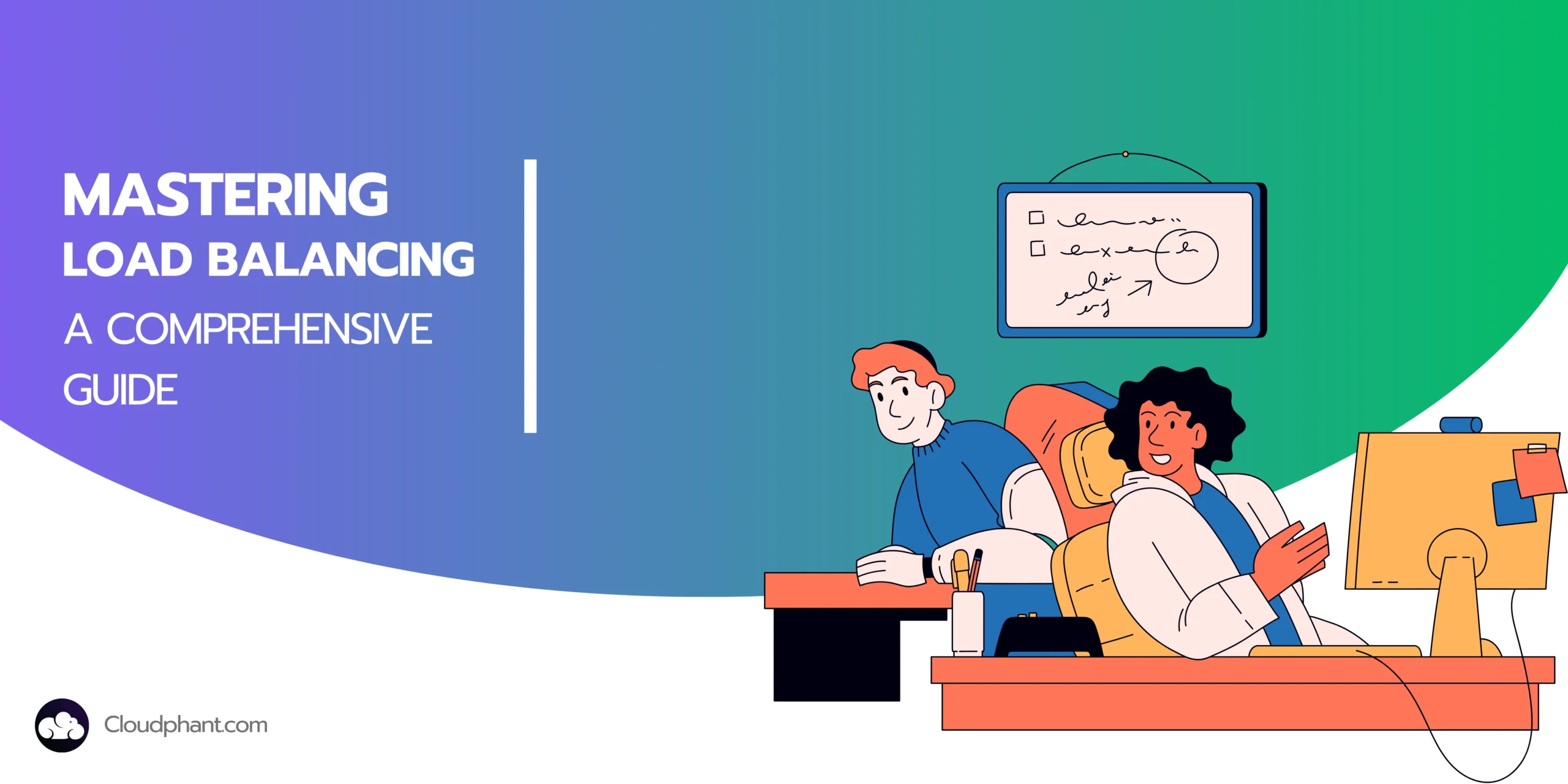DDoS Attacks and Protection: A Comprehensive Guide
This comprehensive guide delves into Distributed Denial of Service (DDoS) attacks, focusing on how they work, how to identify them, and the different types. Aimed at WordPress and server hosting managers, it covers notable incidents, mitigation strategies, and best practices for protection. Gain essential knowledge to stay resilient against DDoS threats and safeguard your infrastructure effectively.
In the ever-evolving landscape of cybersecurity, Distributed Denial of Service (DDoS) attacks stand out as one of the most formidable threats. These attacks can cripple websites, disrupt online services, and cause significant financial and reputational damage. For those managing WordPress sites and server hosting, understanding and mitigating DDoS attacks is crucial. This blog delves into the mechanics of DDoS attacks, how to identify them, common types, notable incidents, and effective protection strategies.
What is a DDoS Attack?
A Distributed Denial of Service (DDoS) attack aims to make an online service unavailable by overwhelming it with a flood of internet traffic. Unlike a Denial of Service (DoS) attack, which typically originates from a single source, a DDoS attack leverages multiple compromised computer systems as sources of attack traffic. These systems, collectively known as a botnet, can include computers, smartphones, and other networked resources such as IoT devices.
DDoS attacks target various layers of the internet infrastructure, from network layer attacks that flood bandwidth to application layer attacks that overload specific functionalities of a web application. The primary goal remains the same: to exhaust the resources of the target, rendering their services unusable.
Also Read | What is DNS?
How Does a DDoS Attack Work?
DDoS attacks are complex and multifaceted, involving multiple stages and techniques to overwhelm a target system. Understanding the detailed mechanics of a DDoS attack can help in identifying, preventing, and mitigating such attacks effectively.
Step-by-Step Breakdown of a DDoS Attack
Reconnaissance and Planning
The attacker begins by conducting reconnaissance to identify potential vulnerabilities in the target’s infrastructure. This phase involves gathering information about the target, such as the network topology, server capacities, firewall configurations, and existing security measures. The attacker may use tools like Nmap for network scanning and vulnerability assessment.
Botnet Creation
Attackers need a network of devices to generate the massive amounts of traffic required for a DDoS attack. This network, called a botnet, consists of compromised devices (bots) that are infected with malware. The attacker uses various methods to build a botnet, including phishing campaigns, exploiting unpatched vulnerabilities, and distributing malicious software through drive-by downloads.
# Example of a simple phishing email script
echo "Subject: Urgent Security Update Required
Body: Please click the link below to update your security settings:
http://malicious.link/update" | sendmail -v [email protected]
Command and Control (C2) Communication
Once the botnet is established, the attacker controls it through a Command and Control (C2) server. This server sends commands to the infected devices, instructing them on when, where, and how to carry out the attack. The C2 server can communicate with the bots using various protocols, including HTTP, IRC, and peer-to-peer networks.
Traffic Generation
The botnet, under the direction of the C2 server, begins to generate traffic directed at the target. The nature of this traffic depends on the type of DDoS attack. For example:
- Volumetric Attacks: The botnet generates high volumes of data packets, aiming to consume the target’s bandwidth. Tools like LOIC (Low Orbit Ion Cannon) can be used to create such floods.
- Protocol Attacks: These attacks exploit weaknesses in the network protocols. For instance, in a SYN flood, the attacker sends a large number of SYN packets to the target, initiating TCP connections that are never completed, and exhausting the server’s resources.
Application Layer Attacks: These focus on specific applications and services, such as sending numerous HTTP requests to a web server to exhaust its resources.
Amplification and Reflection
Some DDoS attacks use amplification and reflection techniques to increase the impact. In these attacks, the attacker sends small requests to a third-party server, which then responds with larger packets to the target. This amplifies the attack traffic and can obscure the attacker’s identity. Common amplification vectors include DNS, NTP, and CLDAP.
Overwhelming the Target
The target server or network infrastructure becomes overwhelmed by the flood of incoming traffic. Depending on the attack’s scale and the target’s defenses, the impact can range from slow performance to complete service unavailability. This overwhelming of resources can cause:
- Bandwidth Saturation: The target’s internet connection is fully utilized by attack traffic, preventing legitimate traffic from getting through.
- Resource Exhaustion: The server’s CPU, memory, or application resources are exhausted, leading to crashes or severe slowdowns.
- Service Disruption: Critical services, such as DNS resolution or web servers, become unresponsive, affecting the availability of websites and online applications.
Attack Maintenance
The attacker may continue the attack for an extended period, adjusting tactics based on the target’s response. For example, if the target implements rate limiting or other defenses, the attacker might change the attack pattern or switch to a different type of DDoS attack. The flexibility of the botnet allows for sustained pressure on the target.
Conclusion of the Attack
The attack concludes either when the attacker’s objectives are met (e.g., causing significant downtime or extracting a ransom) or when the target successfully mitigates the attack. Post-attack, the attacker may disband the botnet or keep it dormant for future use.
Also Read | Edge Caching: Everything you need to know
How to Identify a DDoS Attack?
Early identification of a DDoS attack can help mitigate its impact. Key indicators include:
Unusual Traffic Patterns: Sudden spikes in traffic from unknown or unexpected sources can indicate an ongoing attack. Monitoring tools like Google Analytics or server logs can help detect these anomalies.
Slow Network Performance: Users may experience a noticeable lag in loading websites or applications. This slowdown can be a sign of bandwidth saturation caused by a DDoS attack.
Increased Number of Connection Requests: A surge in the number of requests to the server, often from multiple IP addresses, can overwhelm server resources. Tools like Netstat or server monitoring dashboards can help identify this increase.
Service Unavailability: Websites or services becoming inaccessible to legitimate users is a clear sign of a DDoS attack. Downtime can lead to significant financial and reputational damage.
Also Read | A Guide to WordPress Security
What are Some Common Types of DDoS Attacks?
DDoS attacks come in various forms, each exploiting different network vulnerabilities:
- Volumetric Attacks: These attacks flood the network with massive amounts of data, consuming the available bandwidth. The primary objective is to saturate the network’s capacity, rendering the target’s services unavailable. Examples include UDP floods and ICMP floods.
- Protocol Attacks: These attacks exploit weaknesses in network protocols to disrupt services. They consume server resources or network infrastructure components. Examples include SYN floods, Ping of Death, and Smurf DDoS.
- Application Layer Attacks: These attacks focus on specific web applications, targeting vulnerabilities in the application itself. These are often harder to detect as they mimic legitimate traffic. Examples include HTTP floods and Slowloris attacks.
What is DDoS Mitigation?
DDoS mitigation refers to the processes and techniques employed to reduce the impact of a DDoS attack. Effective mitigation requires a multi-layered approach, combining various strategies to detect, respond to, and neutralize the attack.
Key Components of DDoS Mitigation
- Traffic Analysis: Monitoring and analyzing traffic patterns to identify anomalies that could indicate a DDoS attack.
- Rate Limiting: Controlling the rate of incoming traffic to prevent overwhelming the server.
- IP Blacklisting: Blocking IP addresses identified as sources of malicious traffic.
- Traffic Diversion: Redirecting traffic through scrubbing centers that filter out malicious traffic.
- Redundancy and Failover: Implementing redundant systems and failover mechanisms to ensure continuous service availability.
Stages of DDoS Mitigation
Preparation: Establishing a robust incident response plan and deploying appropriate tools and technologies. This stage involves regular security audits and implementing baseline protections such as firewalls and intrusion detection systems.
Detection: Continuously monitoring network traffic to identify signs of an attack. Using advanced threat detection tools and services can help in the early detection of unusual traffic patterns.
Response: Activating DDoS protection measures such as rate limiting, IP blacklisting, and rerouting traffic through scrubbing centers. Immediate response actions include isolating affected systems to prevent the spread of the attack.
Recovery: Restoring normal service operations and conducting a post-attack analysis to strengthen defenses. This stage involves reviewing the attack vector, identifying vulnerabilities, and updating security measures to prevent future attacks.
Best Practices for DDoS Protection
Use a Content Delivery Network (CDN): CDNs distribute traffic across multiple servers, reducing the impact of DDoS attacks. CDNs can absorb large volumes of traffic and ensure continued availability of services.
# Example configuration for CDN with Cloudflare
def configure_cdn():
import cloudflare
cf = cloudflare.CloudFlare(api_key='your_api_key') zone = cf.zones.get(params={'name': 'example.com'})[0] cf.zones.settings.update(zone['id'], data={'cache_level': 'aggressive'}) return "CDN configured successfully" configure_cdn()
- Implement Web Application Firewalls (WAFs): WAFs filter and monitor HTTP traffic to protect against application layer attacks. They block malicious traffic while allowing legitimate traffic to pass through.
Enable Rate Limiting: Limit the number of requests a user can make to a server within a given time frame. Rate limiting helps prevent servers from being overwhelmed by high volumes of requests.
# NGINX configuration for rate limiting
http {
limit_req_zone $binary_remote_addr zone=mylimit:10m rate=1r/s;
server {
location / {
limit_req zone=mylimit burst=5 nodelay;
}
}
}Deploy Anti-DDoS Solutions: Invest in specialized anti-DDoS hardware and services that provide comprehensive protection. These solutions offer advanced threat detection and mitigation capabilities.
Regular Security Audits: Conduct frequent security audits to identify and address vulnerabilities in your infrastructure. Regular audits help ensure that security measures are up-to-date and effective.
Educate and Train Staff: Ensure your team is well-trained to recognize and respond to DDoS attacks promptly. Regular training and awareness programs can help staff stay informed about the latest threats and best practices.
Also Read | Cloudflare for WordPress
Conclusion
DDoS attacks present a significant threat to online services, but with the right strategies and tools, you can protect your WordPress sites and servers effectively. Understanding the mechanics of DDoS attacks, recognizing the signs, and implementing best practices for mitigation can ensure your online presence remains resilient in the face of these challenges. Stay proactive, invest in robust security measures, and continually educate your team to safeguard your digital assets against DDoS threats.
By prioritizing these measures, you not only protect your infrastructure but also ensure a seamless experience for your users, maintaining trust and reliability in your online services.
Recent Post
Mastering Load Balancing for Optimal WordPress…
Enhance your WordPress site's performance and reliability…
Cross-Site Scripting (XSS): A Comprehensive Guide
Discover the ins and outs of Cross-Site…
Understanding Web Application Firewall (WAF)
Explore Web Application Firewalls (WAFs): how they…




6 Replies to “DDoS Attacks and Protection: A Comprehensive Guide”